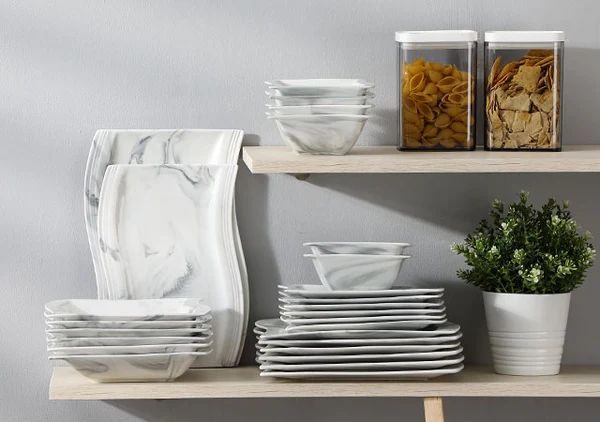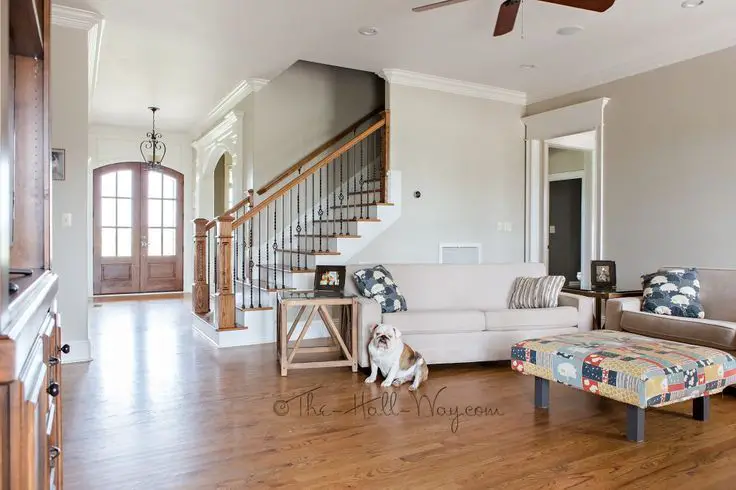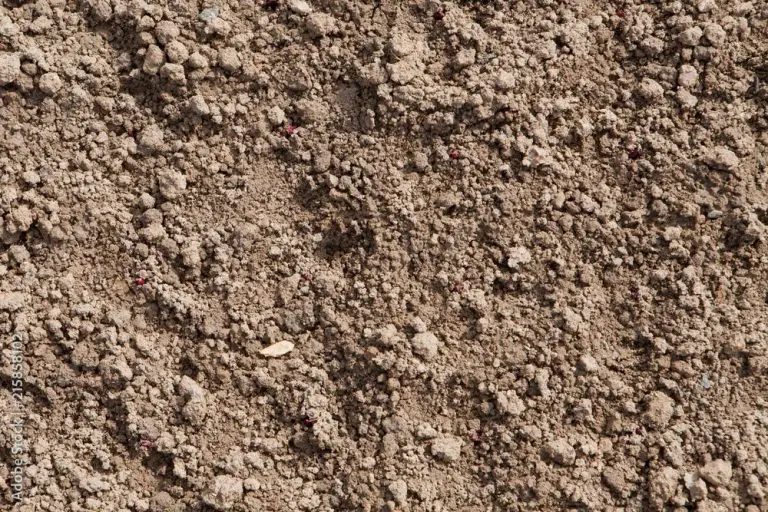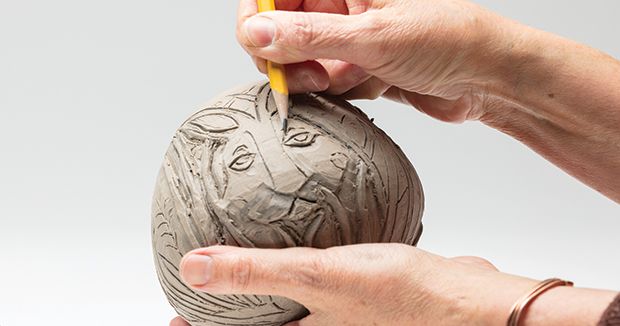How Do You Make Fireclay Mortar?
Fireclay mortar is a type of refractory mortar made primarily from fireclay. It is used to build and repair firebrick walls and other structures that need to withstand high temperatures, such as kilns, furnaces, fireplaces and chimneys.
The key benefit of fireclay mortar is its high heat resistance. Fireclay contains minerals that do not easily melt, decompose or expand when exposed to temperatures up to 2900°F. This makes fireclay mortar ideal for bonding firebricks and sealing gaps between them in applications that involve intense heat.
Fireclay mortar provides a strong bond and barrier between firebricks, helping maintain the structural integrity of refractory structures when exposed to high heat over prolonged periods. It resists cracking and crumbling better than regular cement or masonry mortars.
In addition to firebrick structures, fireclay mortar is also used in:
– Ceramic kilns and furnaces
– Forge and foundry applications
– Glassmaking furnaces
– Boiler refractory linings
– High-temperature laboratory equipment
The heat-resistant qualities and versatile bonding properties of fireclay mortar make it an essential material in high temperature construction.
Benefits of Fireclay Mortar
Fireclay mortar offers several key benefits that make it a popular choice for many masonry applications:
Heat Resistance
Fireclay mortar is highly refractory, meaning it can withstand very high temperatures without expanding, contracting, or breaking down. This makes it ideal for use in fireplaces, chimneys, kilns, and other structures exposed to intense heat.
Durability
Properly mixed and cured fireclay mortar is extremely durable, often lasting over 100 years. It resists weathering, acids, alkalis, and erosion better than many other types of mortar.
Elasticity
Fireclay mortar is more flexible than Portland cement mortars. This flexibility allows it to slightly expand and contract with temperature changes without cracking. It can also better tolerate minor ground movements.
Ingredients
The main ingredients in fireclay mortar are fireclay, sand, and water. Here is an overview of each:
Fireclay
Fireclay is crucial for making fireclay mortar. This is a type of clay that is resistant to high temperatures which makes it ideal for fireplaces and chimneys. Fireclay has a high alumina content that allows it to withstand heat without cracking or crumbling. Look for fireclay that is smooth and free of impurities.
Sand
Sand acts as an aggregate in the mortar mix, providing bulk and stability. Silica sand or river sand works best. The sand particles should vary in size from fine to coarse for the best results. This helps the mortar fill small crevices and form a strong bond.
Water
Water activates the bonding properties of the fireclay and allows the ingredients to be mixed into a pliable paste for application. The water should be clean and free of minerals for the highest quality mortar.
Equipment Needed
Making fireclay mortar requires having the proper equipment on hand before you begin. Here are the key pieces of equipment you’ll need:
-
Bucket – You’ll need a bucket or other large container to mix the fireclay mortar in. Use a 5-gallon bucket or something similar.
-
Trowel – A standard masonry trowel with a pointed tip is ideal for applying the fireclay mortar.
-
Mixer – You can mix the mortar by hand, but using a power mixer makes things easier. An electric drill with a mortar mixer attachment works well.
In addition to this core equipment, you may also want protective gear like gloves and eye protection.
Mixing the Mortar
The mixing process is crucial for creating a workable and durable fireclay mortar. The key is achieving the right consistency – not too wet or too dry.
Start by pouring about half the water into a wheelbarrow or mortar tub. Slowly add the fireclay and sand, mixing thoroughly between additions. Use a hoe or paddle to combine the ingredients.
Gradually add the rest of the water as needed while mixing. The mortar should be moist enough to stick together when squeezed in your hand, with a texture like peanut butter or dough. Adding too much water will weaken the mortar when dry.
Mix for at least 5 minutes after adding all materials to ensure even moisture distribution. Old-fashioned mortar was often mixed for 20-30 minutes or longer! The longer the ingredients are blended, the better.
Test the consistency periodically by scooping some mortar onto a trowel. It should easily slide off the trowel, leaving just a thin coating behind. The mortar is ready to apply when it reaches this consistency.
Applying the Mortar
Proper surface preparation is crucial for successful application of fireclay mortar. Ensure the surface is clean, dry, and free of any loose material or debris. For new installations, masonry surfaces should be dampened to prevent the mortar from drying too rapidly.
Use a trowel to apply a 1/4 to 1/2 inch layer of mortar to the surface, pressing firmly to ensure good adhesion. Apply in sections no larger than what can be covered before the mortar begins to dry. Using consistent strokes, spread the mortar evenly across the surface.
For repairs, apply mortar in layers no thicker than 1/2 inch at a time, allowing it to partially dry between applications. Fill any cracks or gaps completely. For large void filling, small stones can be added to the mortar to reduce shrinkage.
Take care not to spread the mortar too thin or leave any gaps where moisture could penetrate. Work the mortar into all crevices and voids thoroughly. Smooth the surface with broad strokes for a consistent finish.
Curing and Drying
After applying the fireclay mortar, it’s crucial to allow adequate curing and drying time before exposing it to heat. This allows the mortar to fully hydrate and harden.
Fireclay mortar needs to cure for at least 28 days before firing. During this curing period, keep the mortar damp by misting it with water every day or covering it with plastic. This slow, moist cure allows the mortar to gain strength through hydration.
After the minimum 28 day cure, allow the mortar to air dry fully. Drying can take anywhere from several days to several weeks depending on climate conditions. The mortar is ready to expose to heat when it no longer feels cool to the touch.
Firing too soon, before the mortar is fully cured and dried, can cause steam explosions or cracks as the remaining moisture turns to steam. This can damage the mortar and the structure it’s applied to.
Be patient during the curing and drying times. This allows the mortar to gain full strength so it can withstand many years of high heat exposure when fired.
Sealing
Sealing fireclay mortar is an important final step in the application process. Proper sealing helps protect the mortar from moisture and weathering, and enhances its longevity.
There are a few recommended sealing options for fireclay mortar:
- Penetrating sealers – These soak into the mortar and create an invisible barrier against moisture and efflorescence (a white, powdery deposit on the surface). Siloxane and silane-based sealers work well for fireclay mortar.
- Topical sealers – Products like concrete sealers, epoxy coatings, and urethanes can be brushed or rolled onto the surface. This creates a protective layer while allowing the mortar’s natural color to show through.
- Wax coatings – Wax sealers like carnauba create a breathable water repellent finish. Multiple coats are needed for proper protection.
Sealing provides multiple benefits for fireclay mortar installations:
- Prevents damage from moisture and freeze/thaw cycles.
- Minimizes efflorescence.
- Enhances stain resistance.
- Extends the life of the mortar.
- Improves appearance by providing a uniform surface finish.
Always follow the manufacturer’s recommendations when selecting and applying a sealer for fireclay mortar surfaces.
Maintenance
Fireclay mortar requires some periodic maintenance to keep it in good condition. Here are some tips for maintaining fireclay mortar:
Repairs
Over time, fireclay mortar may develop small cracks or damaged areas. These should be repaired as soon as possible to prevent further deterioration. Carefully chisel out any loose or cracked mortar and replace it with new mortar. Make sure the new mortar is compatible with the original and follows the same mixing and curing procedures.
Cleaning
It’s important to keep fireclay mortar free of dirt, efflorescence (white mineral deposits), and grime. For general cleaning, use a stiff bristle brush and water to gently scrub the mortar. For tougher stains, a mild acid-based cleaner diluted in water can be applied. Always rinse thoroughly after cleaning. Avoid using high pressure power washers as this can damage the mortar over time.
With proper maintenance and repairs when needed, fireclay mortar can last for many years.
Safety Precautions
When working with fireclay mortar, it’s important to take proper safety precautions to avoid injury.
Wear protective equipment like gloves, long sleeves, pants, and safety goggles to prevent skin and eye irritation from the caustic lime. The lime can cause burns if it comes into contact with skin or eyes. Avoid touching your face and wash exposed skin after working with the mortar.
Use non-sparking tools when mixing the mortar to avoid any ignition of the flammable ingredients. Work in a well-ventilated area to minimize dust inhalation. Wear a dust mask if mixing large amounts of dry ingredients.
Practice proper lifting techniques when moving bags of ingredients to avoid muscle strains. Some of the ingredients like fireclay can be quite heavy. You may need a helper or mechanical lift for larger batches.
Keep the work area clear of debris and clean up any spills right away to prevent slipping hazards. Rinse any tools or containers thoroughly before the mortar dries and cures on them. Allow all materials to fully cure before disposal to avoid chemical reactions.
Following basic safety precautions will help ensure you can work with fireclay mortar safely and avoid health hazards.




